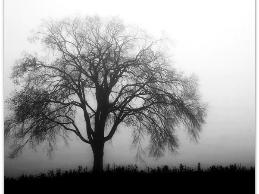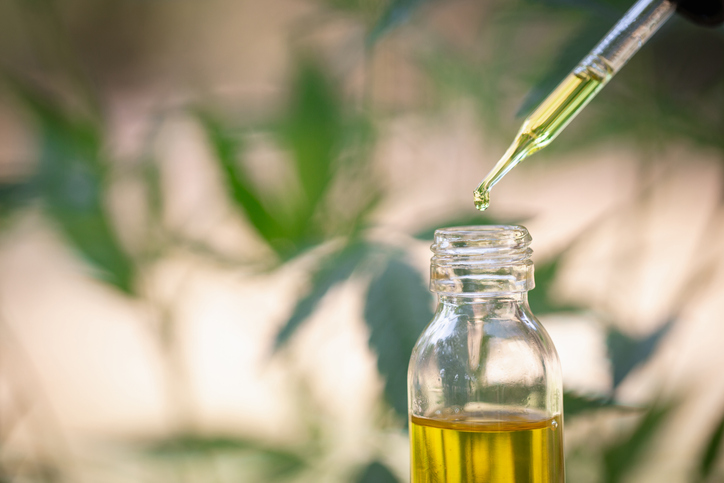This past November, JAN posted a Blog discussing Seasonal Affective Disorder (SAD). SAD is often characterized as “winter blues;” it is a type of depression that is associated with the change in seasons. Individuals with SAD may notice their symptoms of depression begin and end around the same time each year. It is thought that SAD occurs due to changes in our circadian rhythms (biological clock), which are often affected by seasonal changes.
While SAD is most commonly associated with the cold winter months, around 10% of individuals who experience SAD see their symptoms occur during the summer. This phenomenon is often referred to as reverse SAD or summer depression.
SAD in the winter is thought to be a result of shorter days and lack of sunlight. Summer SAD is thought to be the opposite — longer days and too much sunlight. Symptoms of reverse SAD may include loss of appetite, weight loss, difficulty sleeping, and feelings of anxiety.
While some individuals with SAD experience their symptoms during the summer months, there are also other factors that may lead to feelings of depression or sadness. During the summer, there can be a lot of disruptions to our normal routines. With summer comes cookouts, vacations, yard work, and many other things that may cause us to feel busier than usual. All of a sudden we are tied down with planning and scheduling to try and fit everything in. This could lead to feelings of burnout.
Summer also means swimming and time at the beach for some. For those with body image issues, this can be a time of increased anxiety. There is suddenly pressure to feel in a good mood – “hey, the weather’s great – go and enjoy the outdoors.” This “pressure” to feel happy and be active when you’re actually feeling depressed or anxious can for some make matters even worse.
Whether you experience summer depression or not, the warm weather and busy schedules can make it hard to concentrate during the work day, especially for those of us with office jobs. We fight the urge of wanting to go outside instead of being cooped up all day. We may start to find ourselves daydreaming about the evening cookout we are going to attend instead of working on the project due by the end of the week.
If you find yourself experiencing exhaustion, lack of motivation, or difficulty with concentration during the next few months, there may be some techniques you can implement into your day to try to help stay on track. As an example, some of our JAN staff members will take a walk around the nearby neighborhood during their lunch break. This can be a great way to get some fresh air and refocus for the afternoon.
Other ideas that can sometimes help with concentration are getting a cold drink of water to sip on, listening to some background music, downloading an app to help you with time management, or prioritizing tasks. These are just some ideas — there may be a variety of others that could help as well. It’s important to be creative — you know you best.
If you do experience SAD that is triggered in the summer and feel this is affecting your performance at work, you may be able to request some accommodations to help. It’s important to note that impairments related to SAD can be serious for those affected in both private life and in the workplace. JAN’s publication Accommodation and Compliance Series: Employees with Mental Health Conditions offers practical accommodation ideas and examples. You can also speak directly with JAN staff for more individualized assistance.
While the summer months can be enjoyable, they can also be hard for some. Whether you experience summer depression or not, make sure you are taking time for self-care. Even though the days are longer, make sure you are still getting an adequate amount of sleep. If too much sun affects you, there are still plenty of activities that can be done indoors or in the shade. If you feel overwhelmed by your schedule, make a priority list to work in some down time for you and your family. Whatever your preference is during the next few months, make wellness and self-care a priority!
Resources:
Tips for Summer Depression
School’s out. It’s hot. And you’re not having any fun
By: R. Morgan Griffin
Reverse Seasonal Affective Disorder: SAD in the Summer
While many get seasonal affective disorder in the winter, 1/10th do over summer
By: Jordan Gaines Lewis
Seasonal affective disorder (SAD)
By: Mayo Clinic Staff










